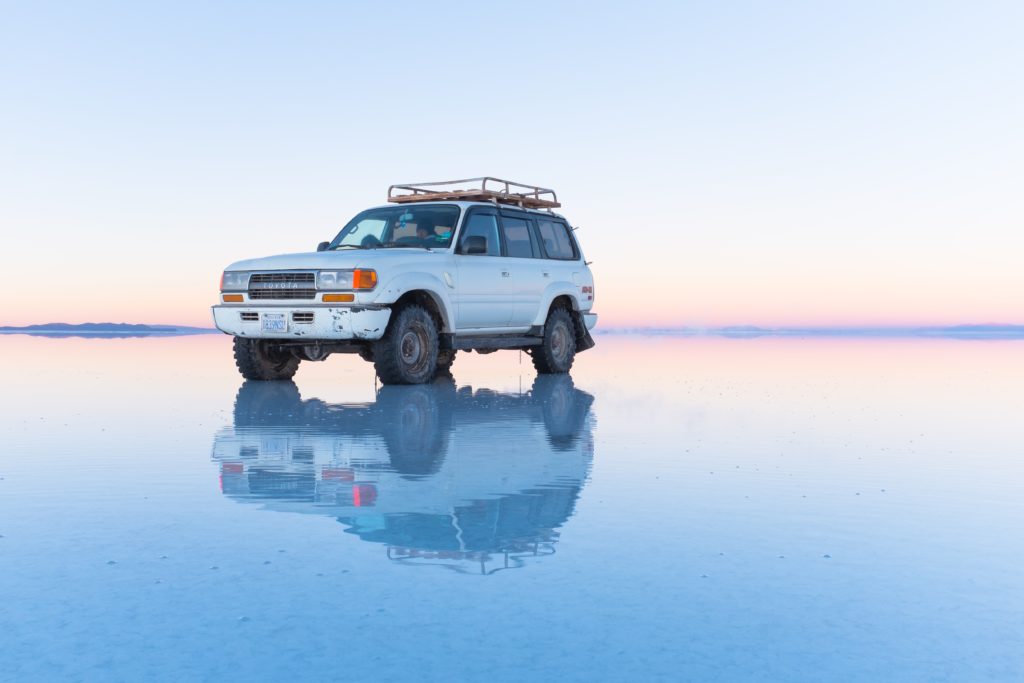Discover Bolivia in 5 Days: Coapacaba, the Salt Flats, and La Paz
Bolivia is a beautiful country, despite its rumored civil unrest. In this guide, I will get you to Copacabana on Lake Titicaca, to the capital of La Paz, and to the Salt Flats of Uyuni.
Salar de Uyuni is the gem of the country full of volcanoes, mountains, and of course, miles and miles of salt-desert. Most people might skip the rest of the country, only doing a tour there, but in truth, you would be missing out!
Index:
Day 4: Salar de Uyuni (Salt Flats):
Poverty ≠ Misery

When I visited Bolivia, I was shocked by the amount of poverty that I saw there, especially in the little-developed capital of La Paz. But I also learned that poverty isn’t exactly synonymous with misery and hardship.
There was regular parading, dancing and singing in the streets. I found a city masked by dust and rubble, yet bursting with life from within.
Visa Run from Peru
If you are living in Peru on a tourist visa and need to extend it after 90 days, your best bet is to hop on over to Bolivia or another nearby country to do a visa run.
Trust me, you don’t want to have to do it in Lima. It could take you 2 months, 5 migraines, and 7 mental break downs due to all the bureaucratic red tape!
Visa Free for Americans
In 2017, I had to pay $160 to get a tourist visa, as well as go to the Bolivian embassy and provide a lot of paperwork. As of December 2019, Americans no longer need a tourist visa to enter. See the U.S Department of stay for the most up to date information.
Day 1- Copacabana
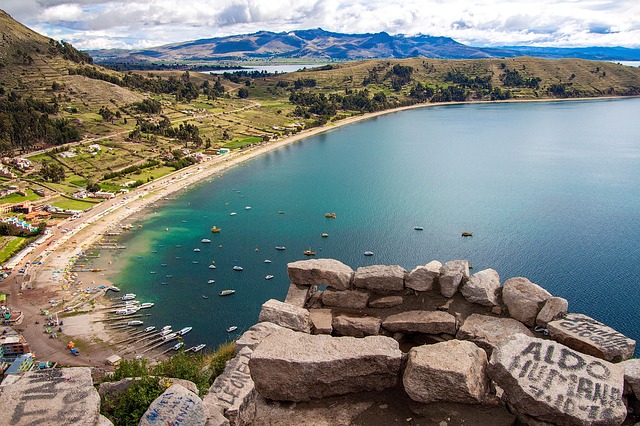
Getting there
First, try booking a ticket with a budget airline like LATAM through a site like Skyscanner. We flew from Lima to Arequipa for $50-$60 then booked a bus to Puno, then to Copacabana, a town on Lake Titicaca.
In South America, you can (almost) always book tickets directly at the bus terminals and ask every kiosk to find the lowest price. The bus From Arequipa, Peru to Puno, Bolivia was about $18 for 12.5 hours of travel.Where to Stay
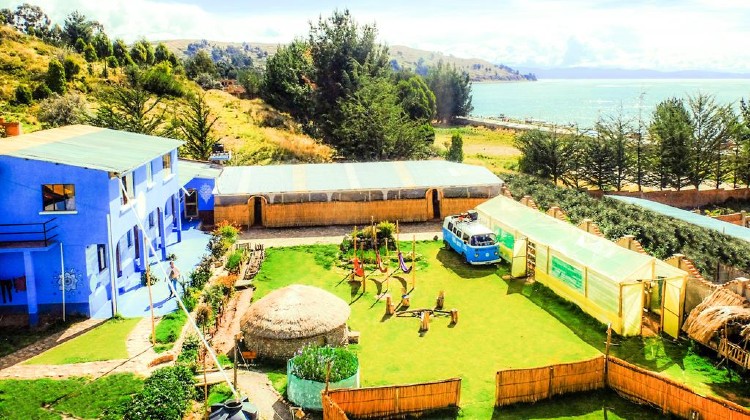
Hostal Joshua is a super earthy, affordable eco-hostel with a vegetarian resto on site. We paid $14 per bed per night in a 3 bedroom room, and breakfast was included!
Day 2- Isla del Sol Day Trip
The next day, we are on a boat heading to the mythical island of Isla del Sol. According to Inca legend, it is the birthplace of the Sun God, Inti. This is the Uros Indians’ creation story, as told by Drunvalo Melchizedek in The Ancient Secret of the Flower of Life.

Civil Unrest
After we reached the island, we were surprised to find that we couldn’t actually visit any of the Inca ruins that had drawn us there in the first place. As we hiked through the trails, we found out there was a bitter feud going on between the Northern and Southern inhabitants of the island.
Hopefully, in 2020, peace has been restored, and you can enjoy the whole island which has beautiful hikes with stunning views of Lake Titicaca and ancient Incan ruins!
Day 3- La Paz
Getting There
You can leave Copacabana by a colectivo, local bus, which will have to go across a ferry. In a few short hours, you’ll enter the busy, dusty streets of La Paz, the capital of Bolivia.
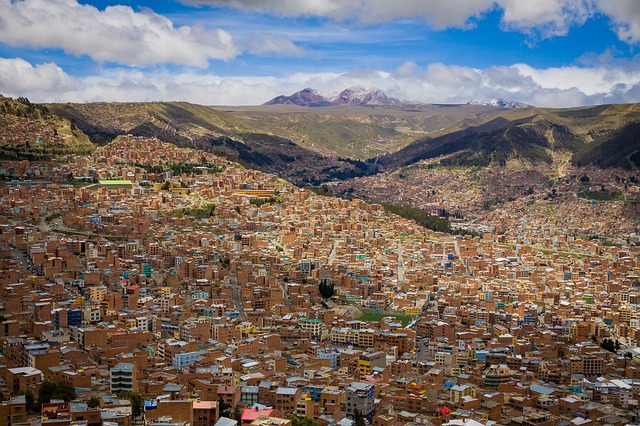
Daily Activities in La Paz
One of the coolest things about Bolivia is the Pachamama, mother earth, rituals are deeply entrenched into the local culture. In shops around La Paz, you can find llama fetuses used in these practices.
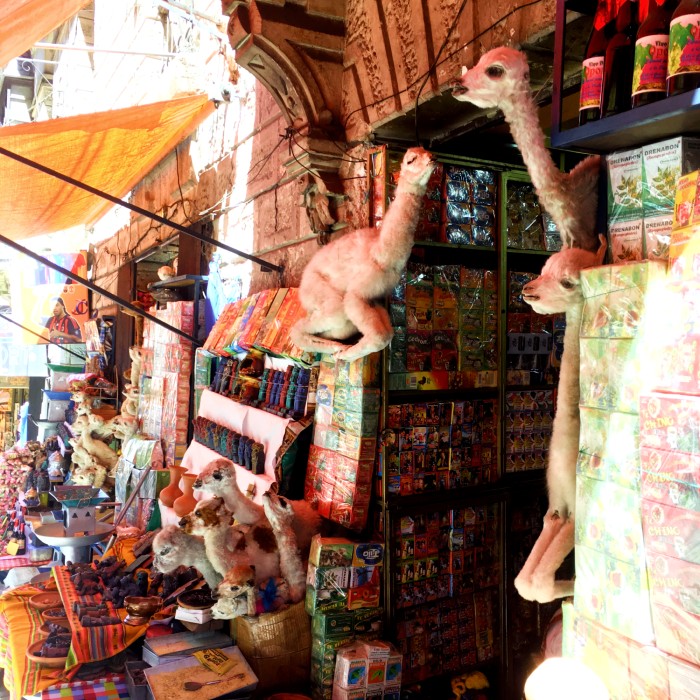
Walkthrough the “Witch Markets”
It’s fun to walk through the local markets hopping from shop to shop, trying out the candies and buying souvenirs from wool hats to Ukuleles.
The Pachamama spells also involved candies (really old, pinkish-purple dried out ones in huge 50 L bags) and strange smelling herbs and pieces of wood.
Ride the Cable Car
You can also ride the teleferico, cable car, to get a sweet view of the city. A couple of our friends got tattoos, and we didn’t really go out at night due to safety concerns, but overall it’s a really interesting city.
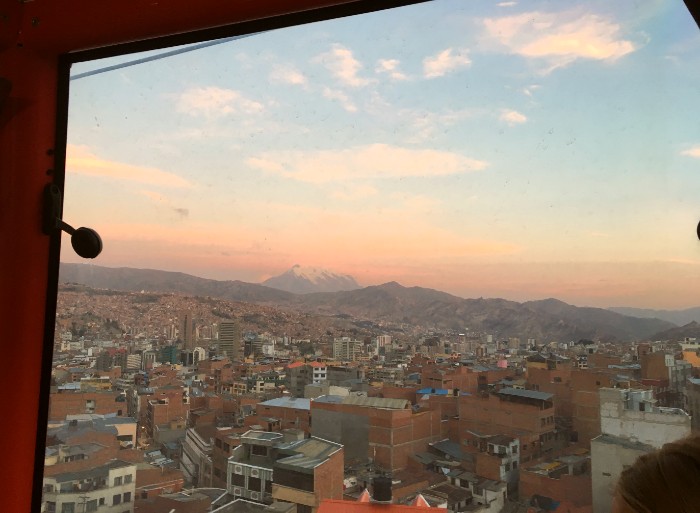
Day 4 – Salar de Uyuni 3D/2N
Salar de Uyuni is miles and miles of salt flats where you can take real salt out of the ground and use it on your dinner later. The best time to go is in the rainy season – late April – when this area becomes extremely reflective and you can get some amazing photographs.
If you want more information, check out the official website of Salar de Uyuni here.
Getting There
As with other transport methods stated so far, take an overnight bus from La Paz to Uyuni, booked the day of departure at the bus station.
Funny story, our bus literally broke down in the middle of NOWHERE and started smoking fumes. Everyone had to get out of the bus and people started burning nearby bushes to stay warm.
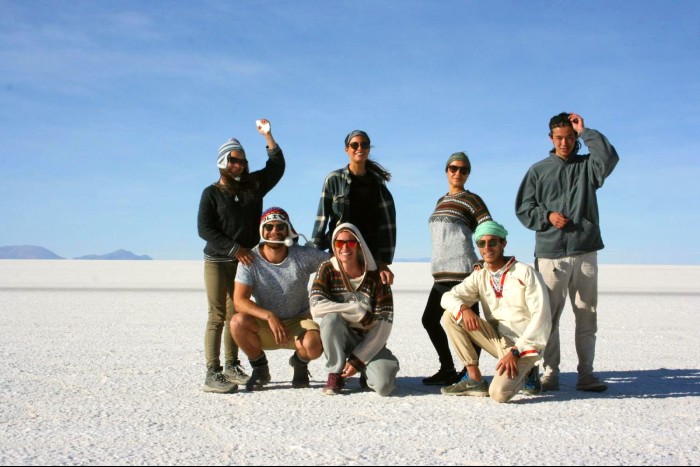
How to Find a Tour
You will overpay if you book ahead of time, so wait until you arrive in Uyuni to book a tour. They’re more or less all the same and should cost around $60/pax for a 4-day, 3-night tour.
Our tour guide doubled as our driver and had a 4×4 Toyota Land Cruiser that all 6 of us fit in comfortably.
Day 1 – Train Cemetary & Salt Flats

First, our driver took us to these strange train tracks that were important back in the mining days when Uyuni was a busy place. You’ll have fun exploring above and under the “train graveyard.”
The rest of the day is spent driving along the Salt Flats and taking pictures. That first night we stayed at a “salt hostel” with a lot of other travelers.
The floors and beds were made of salt, but what I remember most is the hot water not working and the freezing temperatures.
Day 2 – Rock Valleys & Formations
The next day we drove around more and stopped a lot. Our tour guide seemed to have endless little spots and things to show us. The first stop was a visit to some cool rock formations.
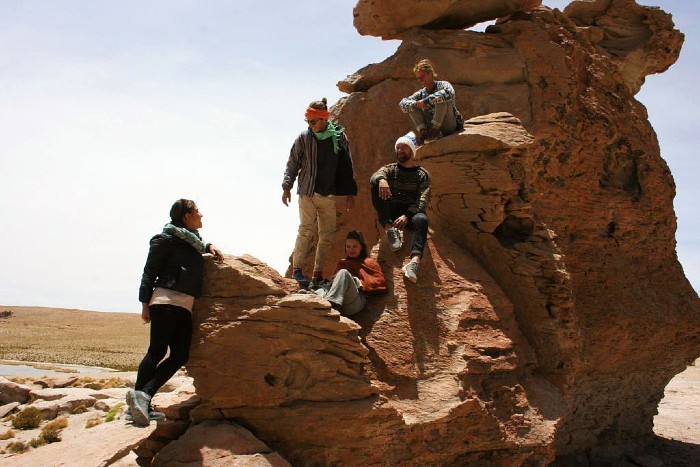
Accommodation on the Tour
After exploring the rock valley and stopping at other rock formations, we stopped at another family motel that was very basic, like the other one. We walked up a hill to see the sunset, ate some food..but I guess the nights there wasn’t really anything to write home about.
It’s a very remote and rugged part of the world-so the nights are not exactly like those in Koh Rong or Ibiza if you know what I mean.
Day 3 – Hot Springs, Volcanoes, and Geysers
We woke up around 4 or 5 am the next morning in the freezing little hostel that barely had any lights. We were rushed off to the thermal baths and I think we left so early to try to avoid some of the crowds.
Even though the process of getting into the hot springs was brutal because of the temperatures and earliness, it was really worth it.
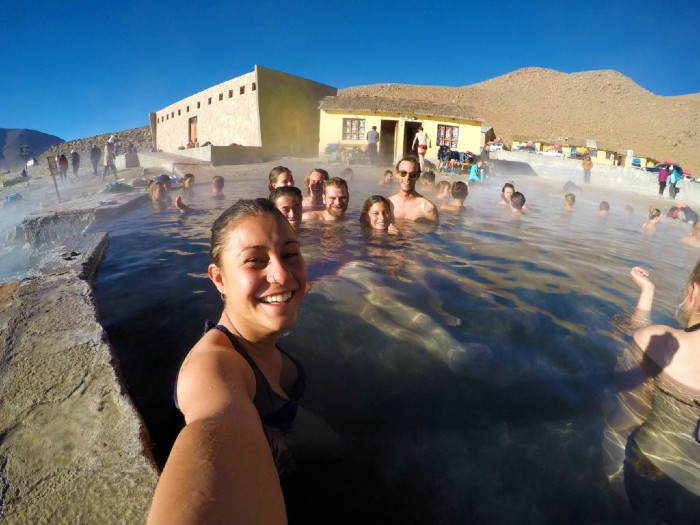
Afterward, we went off to see these amazing erupting geysers among craters full of hot bubbling mud smelling like sulfur at every turn. This geothermal area is called Sol de Mañana or ‘Morning Sun’ and reminds visitors of what it might be like to explore the moon. It feels very other-wordly, accompanied by the mist and steam rising in the early morning.
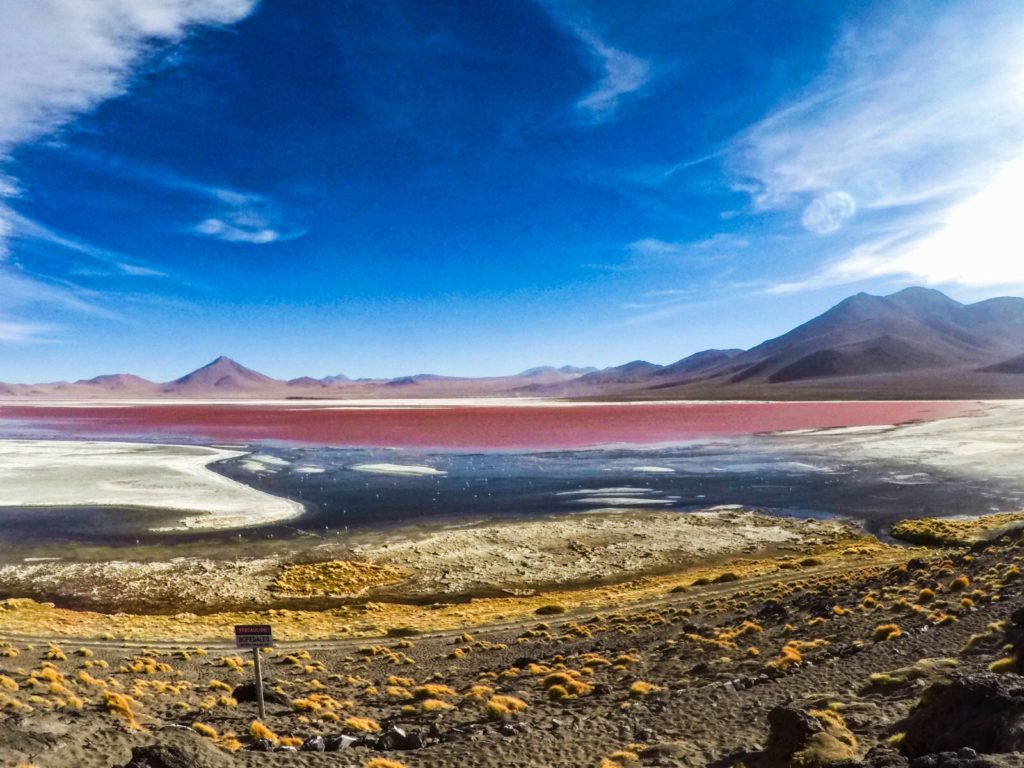
Afterwards, we drove around some of the famous colored lagoons which ranged from blue-green to pinkish-purple waters. It’s amazing how mother nature seems boundless and infinite in her ability to impress and amaze you. We drove back to the town of Uyuni and hopped on a bus to head back to Copacabana. While some of our friends stayed in Copacabana, we decided to keep trekking towards Arequipa, where we had initially flew in but not spent much time. But I’ll save that story for some other time.
I hope you enjoyed this little guide to a few days in Bolivia as much as I enjoyed writing it. Bolivia is cheap cheap CHEAP- to give you an idea: 3 Peruvian soles equals 1 dollar, and 6 Bolivian bolivianos equals 1 sol. So it’s like your money sixtriplicates..or something.. But beware of theft and people begging a lot, as it’s still very much developing.
Thank you so much for reading this and stay tuned for more adventures! Please reach out in the comments and tell me what you think!

